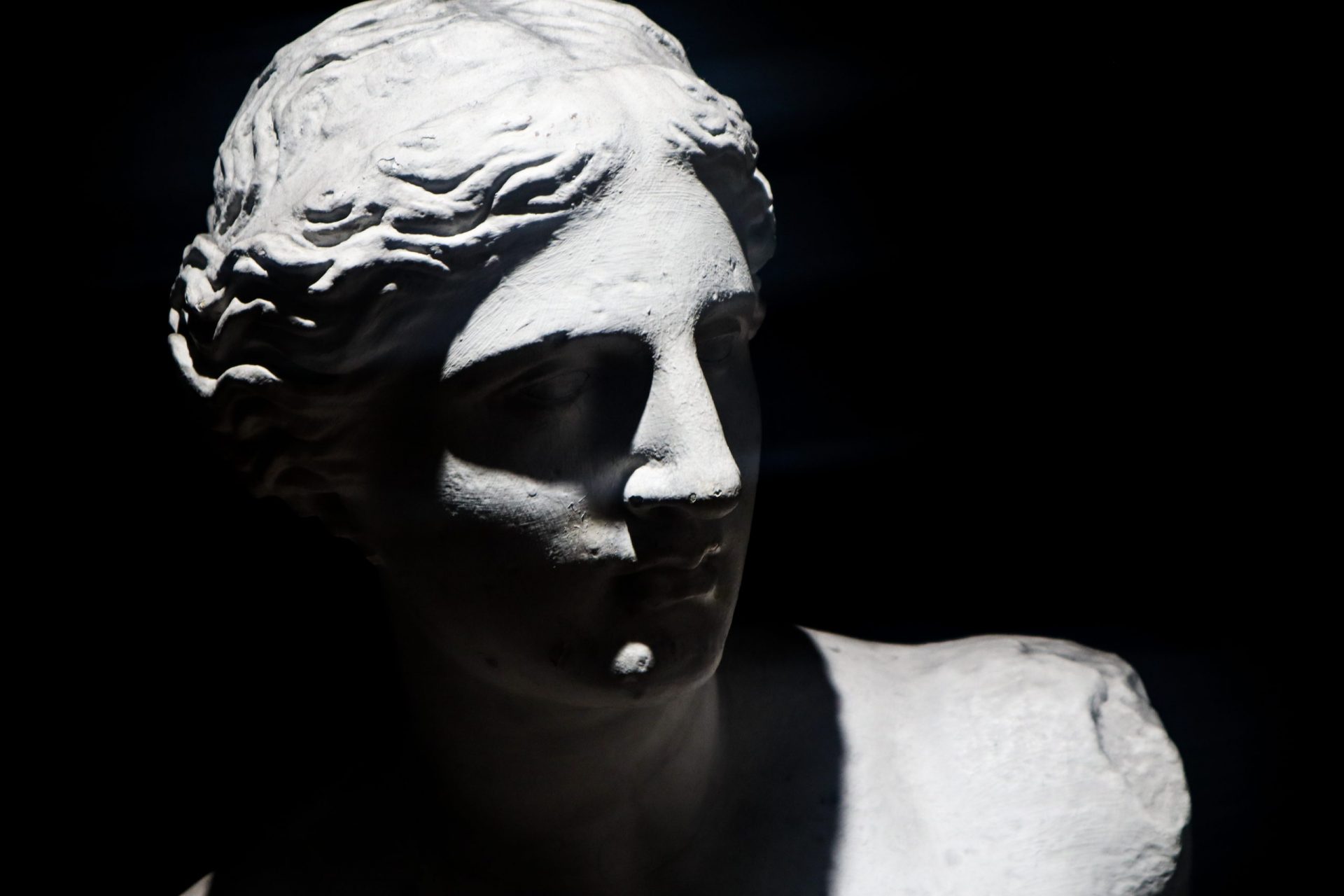Skip to content
My honors project argues that at Bowdoin College, failure to provide Culturally Relevant Teaching (CRT) in art studio courses dismisses the representation of Blackness in the Visual Arts Department. My research has drawn directly from the frameworks of Ladson-Billings and Holloway in order to argue for the need for CRT in the studio art classroom.
Artists should have the training and technical facility to represent all people, and altering the curriculum appears to be a productive starter. I struggled with capturing myself in pencil, but other students did as well. I sought advice from my instructor and received completed drawings of a black man and woman. He expected me to mimic a technique that was not taught or demonstrated when I asked. He had not taught us how to capture hues of skin color but to capture lights and darks. This led me to question how being a Black-Indigenous artist attending a predominantly white institution (PWI) has affected my training in art courses. My position as a Black-Indigenous artist enables me to reflect on the intersection of CRAH and CRT and to build upon them in order to highlight the need for pedagogical practice in studio art courses, that doesn’t center technical training derived from the Western canon of art production in Bowdoin’s Visual Arts Department.
My research lives on a digital format, where you will engage with the history of Art at Bowdoin from 1794 to the present, oral histories from Black identifying alumni who have navigated the department, theoretical frameworks, and an autoethnography that breaks down my self-taught pedagogical practice in response to the representational gaps in the curriculum. As you navigate this site, I ask you to follow the written instruction and engage with the interactive material. I will virtually guide you through this project chronologically, and through the lens in which I have experienced personally and through observation.
The journey will start with the chartering of the college, as you take a look at the architecture we associate with our campus environment. Please proceed to the next section, The Influence of Architecture.
Scroll Up

